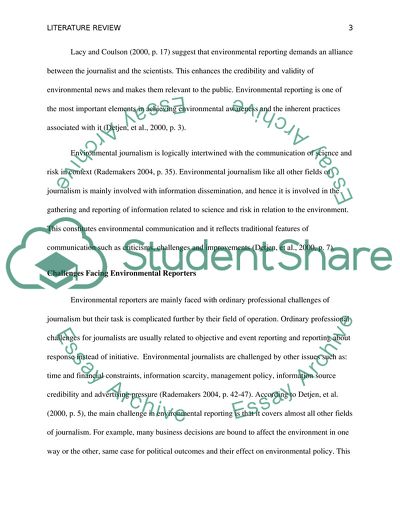Cite this document
(Environmental Reporting Literature review Example | Topics and Well Written Essays - 3750 words, n.d.)
Environmental Reporting Literature review Example | Topics and Well Written Essays - 3750 words. https://studentshare.org/environmental-studies/1834202-literature-review-of-dissertation
Environmental Reporting Literature review Example | Topics and Well Written Essays - 3750 words. https://studentshare.org/environmental-studies/1834202-literature-review-of-dissertation
(Environmental Reporting Literature Review Example | Topics and Well Written Essays - 3750 Words)
Environmental Reporting Literature Review Example | Topics and Well Written Essays - 3750 Words. https://studentshare.org/environmental-studies/1834202-literature-review-of-dissertation.
Environmental Reporting Literature Review Example | Topics and Well Written Essays - 3750 Words. https://studentshare.org/environmental-studies/1834202-literature-review-of-dissertation.
“Environmental Reporting Literature Review Example | Topics and Well Written Essays - 3750 Words”. https://studentshare.org/environmental-studies/1834202-literature-review-of-dissertation.


